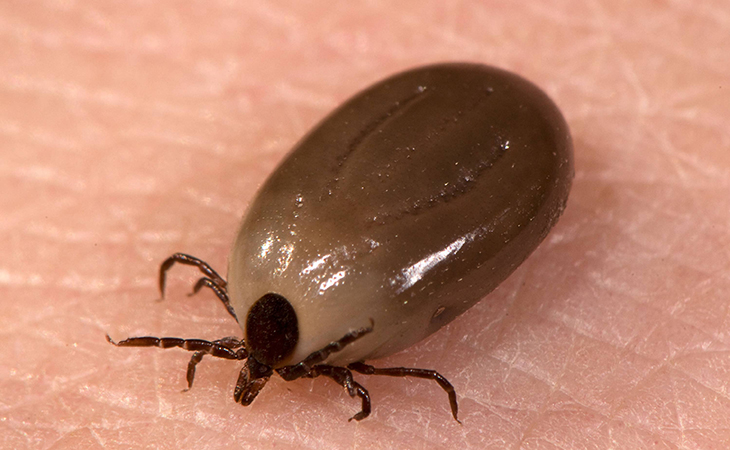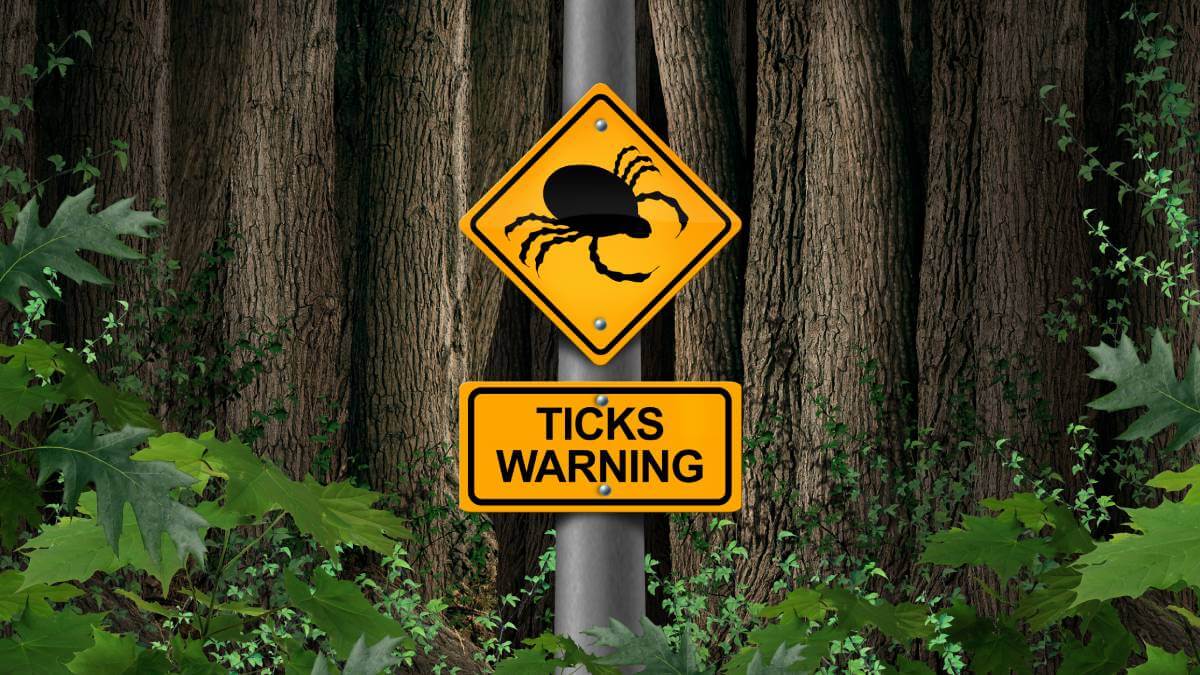A bacterial infection often associated with walkers or hikers, Lyme disease is something you might be aware of when wandering off the beaten track.
High profile sufferers such as Avril Lavigne, Kelly Osbourne, and Shania Twain are helping raise awareness around the condition, but there’s still a lot of confusion around symptoms and how the disease can be contracted.
What is Lyme disease?

“Lyme disease is an infection caused by a group of bacteria transmitted through an infected tick, giving you a specific set of symptoms,” says Dr Sanjay Mehta, a general practitioner at the London General Practice.
Classic Lyme disease, Borrelia burgdorferi, has been identified in Australian patients, thought to have been bitten by a tick overseas.
The Department of Health says the organism is yet to be identified in Australian ticks and, thus, there’s no evidence an infection could be caused by an Australian tick bite.
The total number of patients with classic Lyme disease is not documented by the Department of Health, but advocacy group Lyme Disease Association of Australia estimates more than 2000 people have the disease across the country.
Dr Mehta says you can’t catch it from any tick, only infected ones.
The disease can also be seasonal.
“It doesn’t die down to zero, but it drops significantly during autumn and winter, and peaks during early spring and summer,” says Dr Mehta. The disease is named after the town where it was first discovered, Lyme, Connecticut, after an outbreak of patients with joint problems, rashes and fatigue in the 1970s.
What are the symptoms?
Lyme disease can manifest in a variety of different ways – from being asymptomatic, to nerve damage in more severe cases.
“There are two main groups of patients,” says Dr Mehta. “First, there’s the group who catch it early, and they don’t really get any symptoms – they just see they’ve been infected by a tick.
“Then there’s the second group of people who don’t get treatment, and although only a very small percentage of them actually end up with symptoms, they are the ones we worry about.
“Those patients tend to get three stages of symptoms. First, they might get flu-like symptoms kicking in a week or so after the bite, and a characteristic rash. Second, some might then get symptoms related to their nerves, their heart and their brain, several weeks or months later.
“An even smaller number of people might then get the third stage, and these are the symptoms people typically associate with Lyme disease – long-term joint problems and neurological symptoms.”
How do you get diagnosed?
Your doctor will examine you and ask you if you’ve been in an area where you may have been bitten by a tick before making a diagnosis.
You may have a blood test to confirm the diagnosis.
How is Lyme disease treated?
If you have Lyme disease, your doctor may refer you to an expert in infectious diseases, who may prescribe antibiotics to treat the infection and minimise the chances of any long-term complications such as arthritis and memory problems. Long-term treatment with antibiotics is not recommended.
How can you prevent it?

As Lyme disease is passed on exclusively via infected ticks, you can downgrade the disease from unlikely to highly unlikely by avoiding tick-heavy areas or taking precautions within them.
If you’re travelling to an area where ticks are common, especially in spring or summer:
- wear long sleeves, long pants and long socks
- use insect repellent containing DEET
- check your body carefully and regularly
- remove ticks as soon as possible.
If you find a tick on you, it’s important to kill it first to prevent more saliva being forced into the wound. Kill the tick with a product that quickly freezes it, such as a spray used to treat warts. Then gently remove it with tweezers when it is dead. This method will also lower your chances of developing an allergy to ticks. If you are allergic to ticks, you need to have the tick removed by a doctor.
Other causes of Lyme disease symptoms
Sometimes people think they have the symptoms of Lyme disease, but it is a different disease caused by ticks. Diseases caused by tick bites that are known in Australia are:
- Queensland tick typhus
- Australian spotted fever
- Flinders Island spotted fever
- Q fever
- mammalian meat allergy.
What should you do?
The simple answer is: if you’ve gone to a high-risk area and you know you’ve been bitten by something, see a doctor.
“The take-home message is to seek medical help if there is a bite, but be aware it’s only a small percentage of people who end up with problems,” says Dr Mehta.
-With PA
Have you ever been bitten by a tick? What precautions do you take when out walking? If you have any tips for staying tick free, share them in the comments section below.
Also read: Mozzies biting? Here’s how to choose a repellent – and how to use it
Disclaimer: This article contains general information about health issues and is not advice. For health advice, consult your medical practitioner.


If you are bitten by a tick overseas seek medical advice. I was unknowingly bitten by a tick in Scotland July 2022. No symptoms, but a small round red mark on my buttock that developed over the next couple of weeks into a large ‘Bullseye’ rash. Pharmacist recognised this the day before returning home. My local doctor had never seen this before, so took blood tests which confirmed Lymes disease. I was prescribed a two week course of very strong antibiotics.